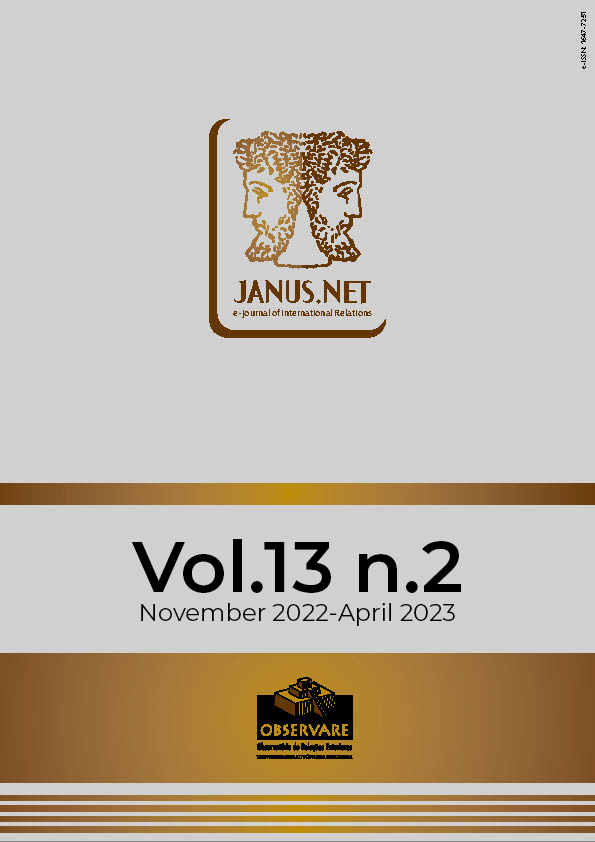This research aims is to analyze the role that the Chinese economy has had in the economic
growth of Latin America. The methodology used consists of a multivariate approach for time
series, and causal relationships are obtained through the impulse response analysis functions.
It is stated that China’s economic growth, in general, has been positive for the region but it
has also had negative effects, such as the re-primarization of Latin American economies. For
this reason, for Latin America to realize the full potential that Chinese economic growth has
for the region, it must apply policies that generate structural change.
ECONOMIC GROWTH IN LATIN AMERICA AND THE ROLE OF CHINA. AN ANALYSIS OF LATIN AMERICAN NEOSTRUCTURALISM
Professor and co-founding director of the Research Group on Development Studies and
Democracy (GISEDD) at the Universidad de Los Andes Venezuela (Venezuela). Post-doctorate in
Social Sciences from the Universidad Central de Venezuela, PhD in Political Science and
International Relations from the Universidad Ricardo Palma de Perú, MA in International Relations
from the Universidad Andina Simón Bolívar de Ecuador, Economist from the Universidad de los
Andes Venezuela. Author of more than thirty articles on Latin America published in Latin America,
Europe, Asia and North Africa.
Guest researcher at the Research Group on Development Studies and Democracy (GISEDD) at
the Universidad de Los Andes Venezuela (Venezuela). Economist from the Universidad de Los
Andes Venezuela, Master in Economic Development from the Universidad Estadual de Campinas
Brazil and MBA in Data Science and Analytics from the University of São Paulo.
Resumo
Palavras-chave
Como citar este artigo
Delgado, Rafael Gustavo Miranda; Azuaje, Antonio (2022). Economic growth in Latin America and
the role of China. An analysis of Latin American Neostructuralism. Janus.net, e-journal of
international relations, Vol13 N2, Novembre 2022-April 2023. Consulted [on line] in date of last
view, https://doi.org/10.26619/1647-7251.13.2.3
Article received on 29 June, 2022 and accepted for publication on 19 September, 2022















